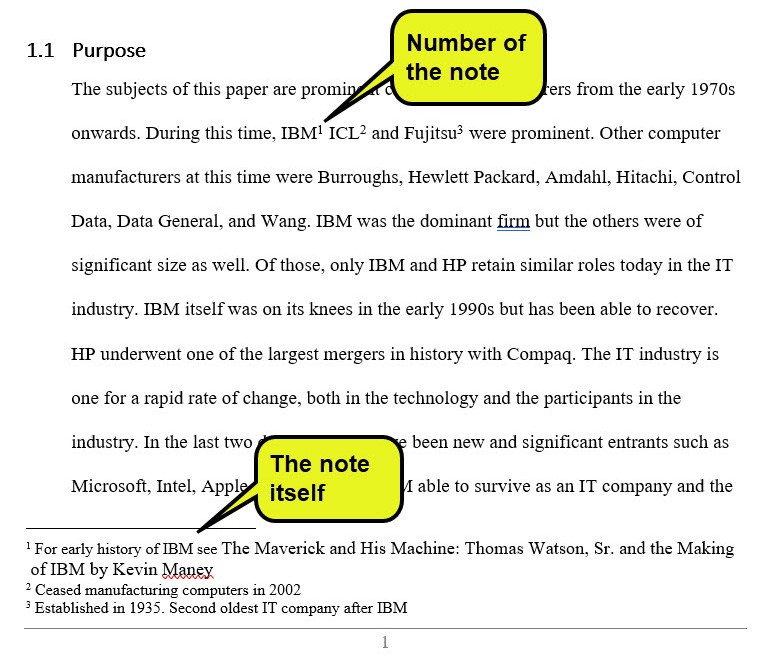

NOTE: The shortened "hereinafter" form should be in the same typeface as the original. To use "hereinafter," at the end of the first full citation and enclosed in square brackets, but before any explanatory parenthetical, and write "hereinafter" followed by a shortened form of the authority, typically a paraphrase of the title or designation of the type of document as long as unambiguous. Two typical circumstances where a "hereinafter" is appropriate are when an author name or title is long and unwieldy for a normal "supra" short form citation and to distinguish between two or more authorities cited originally in the same footnote which could easily be confused with each other. The term "hereinafter" is used when using another short form would be impractical, cumbersome, or confusing. NOTE: The typeface convention from the original source should be used for the author name or title in a " supra" citation. If a work has an institutional author, use the complete institutional name works without an author may be cited to by the title, while unsigned student authored law journal works should be cited by the appropriate designation such as "Note" or "Comment." An "at" is typically necessary to avoid confusion: O'Neill, Jr., Verification in an Age of Insecurity: The Future of Arms Control Compliance 45 (2010).Ī pincite offset by a comma should indicate changes in what portion of the authority is being cited. Immediately after " supra" is the word "note" in ordinary type, followed by the number of the footnote in which the authority was first cited in full:ġ5. Therefore, the most common format for a Supra short form citation consists of the author's last name followed " supra," offset by a comma.

"Supra" citations are most commonly used for secondary authority, such as books and periodicals. NOTE: This is also true for materials such as restatements, legislative documents (other than hearings), and model codes which typically have similar citation formats. Rule 4.2 contains a complete, detailed list of which materials may and may not be cited to using "Supra." Note, however, that in general most forms of primary legal authority (cases, statutes, etc.) should not be referred to using "Supra." "Supra" may be used to refer to certain types of previously cited materials as well as internal cross-references.


 0 kommentar(er)
0 kommentar(er)
